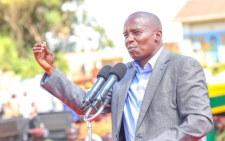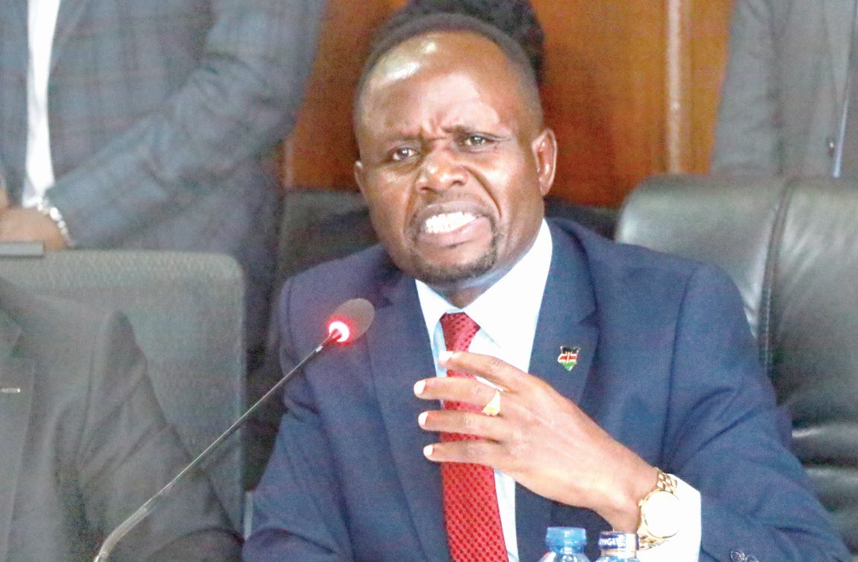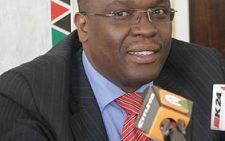Rights council decries delay in conducting DNA on Shakahola victims

The Kenya National Commission on Human Rights (KNCHR) has asked the government to expedite the exercise of conducting DNA tests on the Shakahola victims to enable their families to have closure.
KNCHR CEO Benard Mogesa revealed that only 34 bodies had been released to their next of kin following a comprehensive DNA matching, while 406 unknown bodies still lay at the Kilifi mortuary due to a lack of re-testing agents.
He termed the wait for the families of Shakahola victims as torturous since they were yet to find their loved ones.
“As a commission, we have been monitoring the exercise closely, and we are saddened that the exercise has stalled due to a lack of retesting agents on the bodies to reveal who these people are. It is a sad situation since the families of those who lost their relatives during the Shakahola massacre are yet to get closure one year down the line despite having submitted all the necessary information,” he said.
He added that the government should move with speed and conduct DNA testing on the remaining bodies to allow families to bury their loved ones.
“These people have been mourning for the last year; it is high time for the government to communicate and allow these people to move on with their lives knowing their kin are well rested,” he noted.
He at the same time called on the government agencies to resume the phase five exhumation exercise.
“There are Kenyans whose relatives are still missing. I urge the state to begin the exhumation of the marked graves and bring closure to those who are searching for their missing kin,” he added.
Released bodies
In March of this year, the government released 34 bodies of the victims of Shakahola to their families for burial.
However, state agencies have remained tight-lipped on the lack of re-testing agents to match the bodies with their kin, with no clear communication on the fate of the 402 bodies being preserved at the morgue.
Mogesa was speaking in Mombasa on the sidelines of a three-day sensitization programme on the implementation of the new Refugee Regulations 2024.
He added that the Refugee Act 2021, which guides the implementation of the government’s Shirika Plan, had enabled the commission to oversee the settlement of refugees among the host communities.
“With the ongoing programme we have already seen over 200 families integrated in Turkana County. The initiative will take place in both Turkana and Garissa counties, where, once integrated, the refugees will be allowed to contribute to the economic development in those areas, “he noted.
Mogesa further revealed that there was an increase in urban refugees across the country, with Nairobi taking the lead, followed closely by Mombasa and Nakuru counties.
“According to our statistics, there is an increase of 16 percent in refugees who reside in urban areas,” he said
Mogeso stated that Mombasa had 7 percent of refugees, Nairobi 83%, and Nakuru 6%.
“There is a new trend that has led to an increase in urban refugees, with most of their families joining their relatives who earlier had been residing in the camps,” he added.
The refugees in the country are drawn from various countries, among them Somalia, Uganda, DR Congo, Mozambique, and Rwanda among others.










